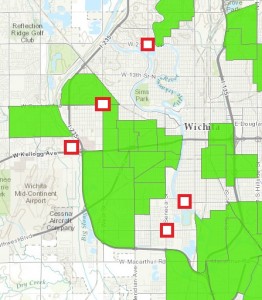I think it was Dr. Bradley who stated that pain is not a necessary part of childbirth – and claimed that stating that pain *is* necessary to childbirth is a misapplication of Genesis 3.
But I don’t think a plain reading of Scripture supports that view:
“I will surely multiply your pain in childbearing;
in pain you shall bring forth children.”
~Genesis 3:16 (ESV)
In fact, I think a plain reading suggests that pain was likely a part of childbearing even prior to the fall – since this verse refers to multiplication (which implies something pre-existing to multiply – multiplying by 0 doesn’t make anything). And certainly, it clearly states that woman will bring forth children in pain.
Furthermore, plenty of other Scriptures indicate that pain is a normative experience during childbirth. A frequent simile used by the prophets is “pain like a woman in labor” (Psalm 48:6; Isaiah 13:8, 21:3, 42:14; Jeremiah 6:24, 22:23, 49:24, 50:43; Micah 4:9). Jesus spoke of “birth pains” (Matthew 24:8, Mark 13:8) and of the “sorrow” and “anguish” of a woman in labor (John 16:21). The apostle Paul likened his painful toils for the church to the anguish of a woman in labor (Galatians 4:19). Other references that suggest that pain in childbirth is normative include I Samuel 4:19 (her “pains came upon her”), Isaiah 26:17 (“writhes and cries out in her pangs”), Jeremiah 4:31 (“cries” and “anguish” as of a woman in labor), Jeremiah 48:41 and 49:22 (“birth pains”), Jeremiah 13:21 and Hosea 13:13 (the “pangs” of childbirth), Micah 4:10 (“writhe and groan like a woman in labor”), Romans 8:22 (pains of childbirth), and I Thessalonians 5:3 (“labor pains”).
Other Scriptures imply that childbirth is something that requires great strength. The midwives who cared for the Hebrew women in Egypt stated that they weren’t killing the baby boys they were delivering “because the Hebrew women are not like the Egyptian women, for they are vigorous and give birth before the midwife comes to them.” (Exodus 1:19 ESV) The Hebrew women’s vigor meant that their labors were fast enough (apparently) that the midwife didn’t get there in time to assist. Hezekiah spoke (in 2 Kings 19:3 and Isaiah 37:3) of children coming to the point of birth but mothers not having the strength to deliver them.
From my reading of Scripture, it seems plain that childbirth is indeed labor (work) and that it is generally painful labor.
Yet I am not afraid of childbirth, nor do I wish to blunt the pain of childbirth with drugs. Why is this?
Am I playing martyr, arguing against the umbrella that could guard me from this consequence of the fall?
No. I’m not. I expect pain in childbirth, but I’m not going to shy away from it because I believe two things: I believe that pain in childbirth is purposeful and I believe that it has payoff.
While some pain has no apparent purpose (for instance, in fibromyalgia), most pain does have a purpose. The pain of touching a too-hot stove tells us to withdraw our hand before damage is done. The pain of backache or a strained muscle often tells us to change our posture or our activity patterns. Other times pain simply tells us that our body is working. We feel the “burn” when we’re exercising vigorously. And, when having a baby, we feel pain that lets us know that our uterus is contracting to push baby out. If we know what to look for, pain also tells us when we should be actively working with our bodies’ involuntary impulses to push baby out.
And finally, I believe that the pain of labor has payoff.
“When a woman is giving birth, she has sorrow because her hour has come, but when she has delivered the baby, she no longer remembers the anguish, for joy that a human being has been born into the world.”
~John 16:21 (ESV)
Following the pain of childbirth comes great joy – joy in a new human being. Inasmuch as it depends on me, I want to be fully there and fully aware to experience that joy – even if it means I have to endure additional pain leading up to it.











